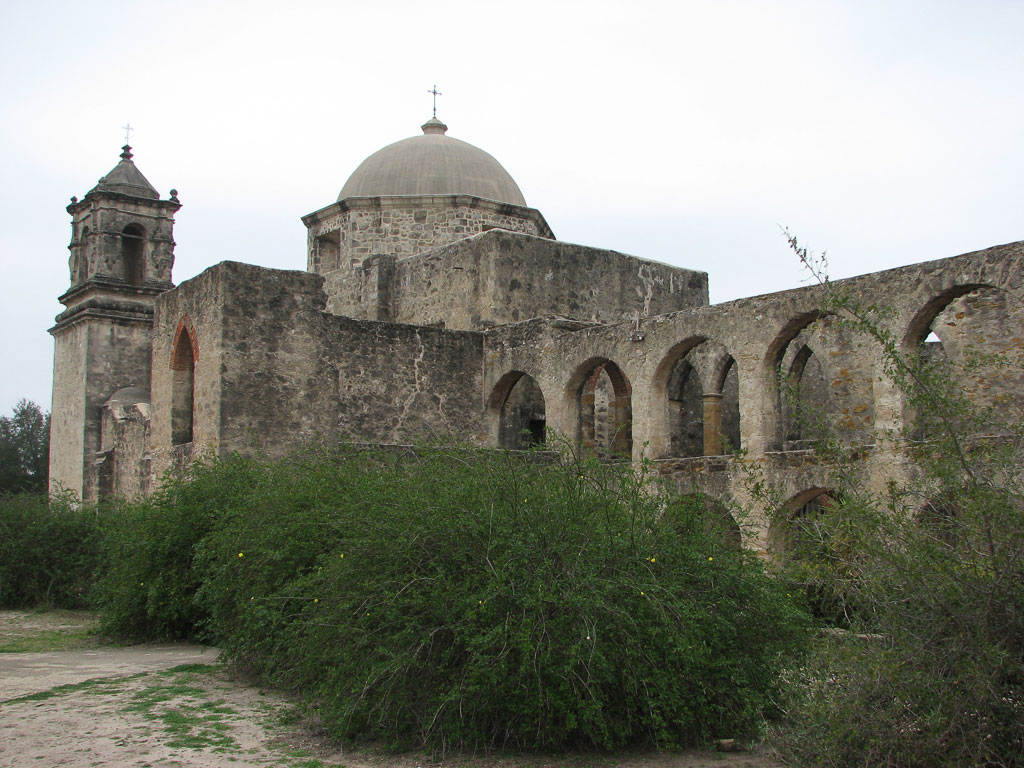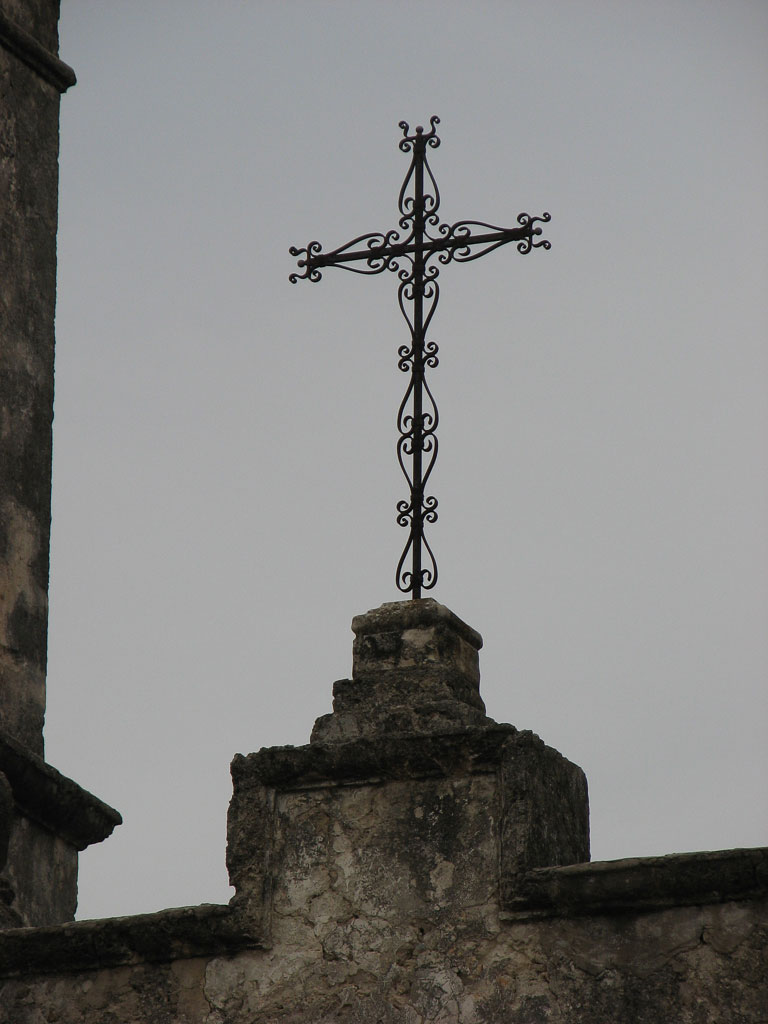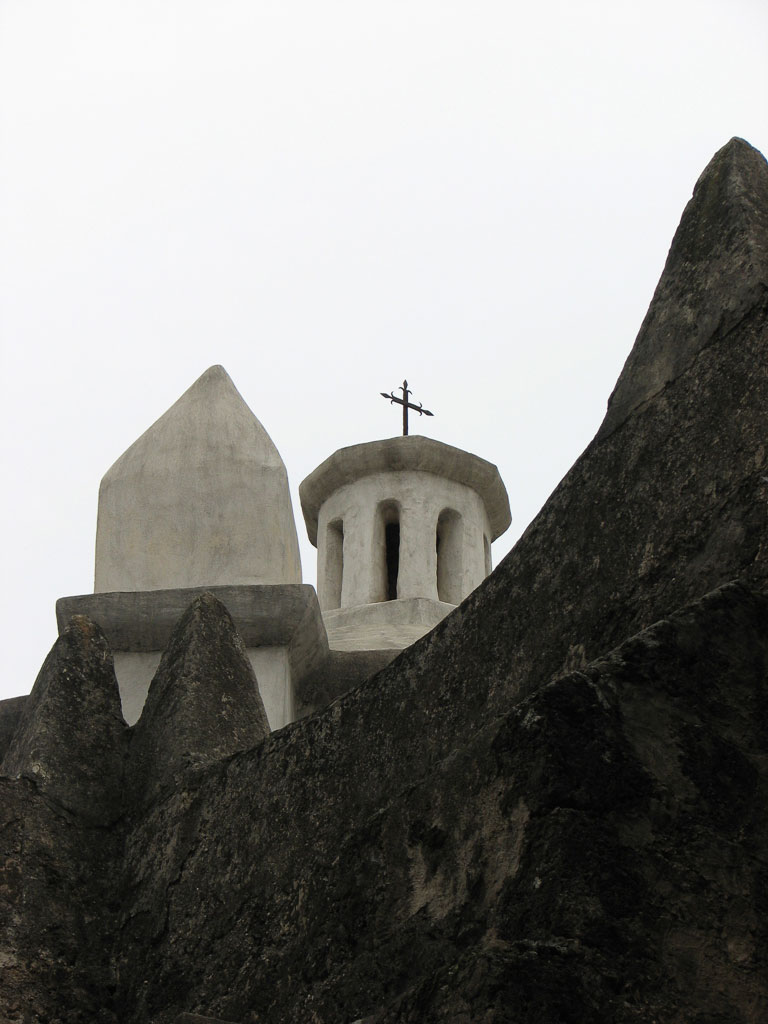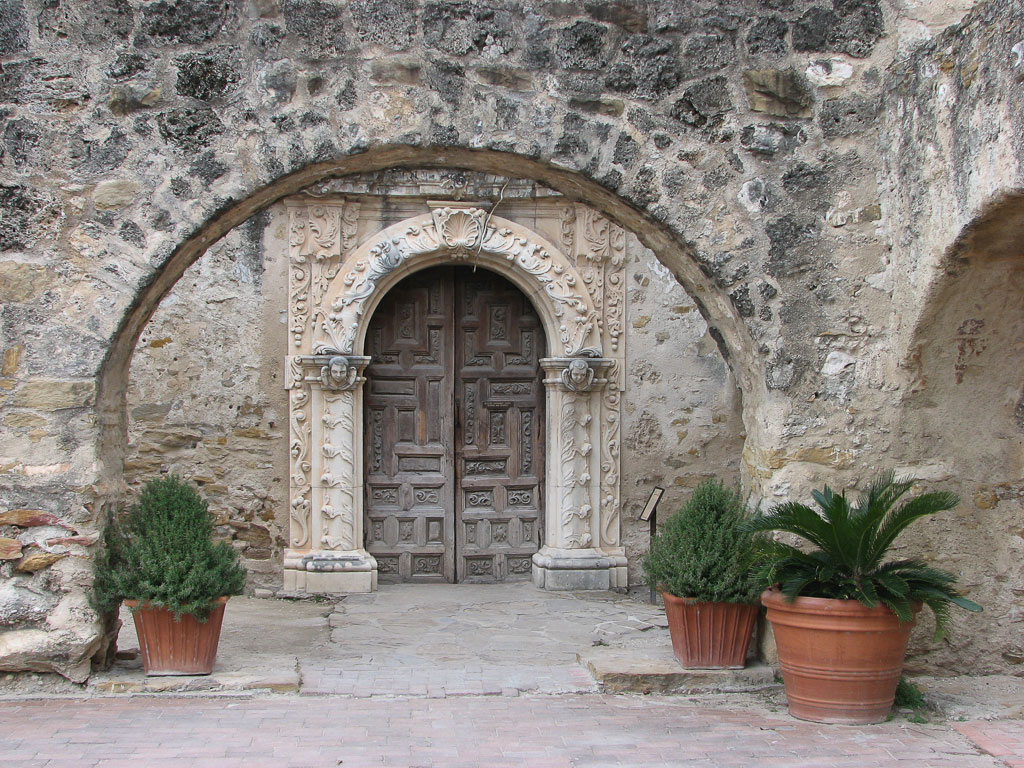Did you know that Texas’ most famous Mission, the Mission San Antonio de Valero–the Alamo–is only one of a chain of missions strung along the San Antonio River?
The San Antonio Mission trail stretches south for 9 miles from The Alamo along the San Antonio River and has four beautiful 18th-century Spanish churches–San José, Concepción, San Juan, and Espada.
The missions were built by Franciscan friars to help convert the Indians. The Coahuiltecans helped the friars build the missions because Apache and other enemies were threatening them and they could find safety behind the thick walls.
One of the neat things about the Missions is that the four mission churches within San Antonio Missions National Historical Park are active Catholic parishes, and hold regular services.
The missions and surrounding land, make up San Antonio Missions National Historical Park which opened in 1983. The park’s visitor’s Center is in Mission San José (6701 San Jose Dr., San Antonio, TX 78214), where you can view a quick movie, Gente de Razon, which tells the story of life in the missions during the 1700s.
If you love architecture, history, and nature the Mission Trail is well worth a visit. You can walk, bike, or use your car to go up the trail. Count on spending between two to four hours to visit all the missions. Admission and guided tours are free but donations are welcome.
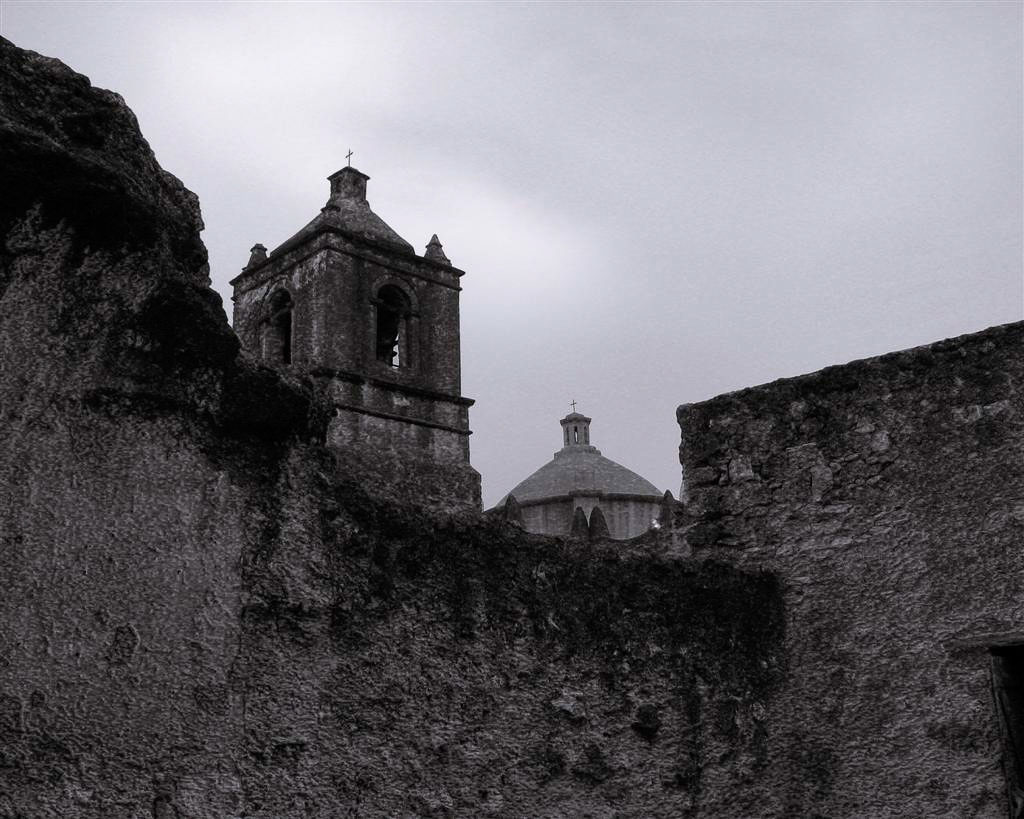
Mission San Jose
Founded in 1730, Mission San José is the largest and best known of the Texas missions and is known as Queen of the Missions. Unlike Mission Concepción, parts of San José have been rebuilt–the roof, parts of the front walls, and the beautiful dome. The grist mill at the Mission was also rebuilt in 1937 by the WPA and then revitalized in 1996–the grindstone is original. The mill is only used to grind wheat flour.
Mission San Juan Capistrano
Mission Concepción. Mission Concepción was transferred from East Texas in 1731 and is the best-preserved of the missions. The church looks much the same as it did 200 years ago when it was the center of local religious activities. The colorful designs that cover the exterior have faded but original interior paintings still remain.
The Mission is named for St. John of Capistrano, who in 1456 led a European religious crusade that saved the city of Belgrade from infidels. Mission San Juan was a successor to mission San Jose De Los Nazonis, established in 1716 in east Texas. It moved here due to the difficulty of defense. One of a complex of missions, San Juan was devoted to the cultural and religious conversion of the Coahuiltecan-speaking Indians of south Texas.
The mission was secularized in 1794. In 1967, when the buildings were restored, many artifacts relating to the three centuries of occupancy were unearthed.
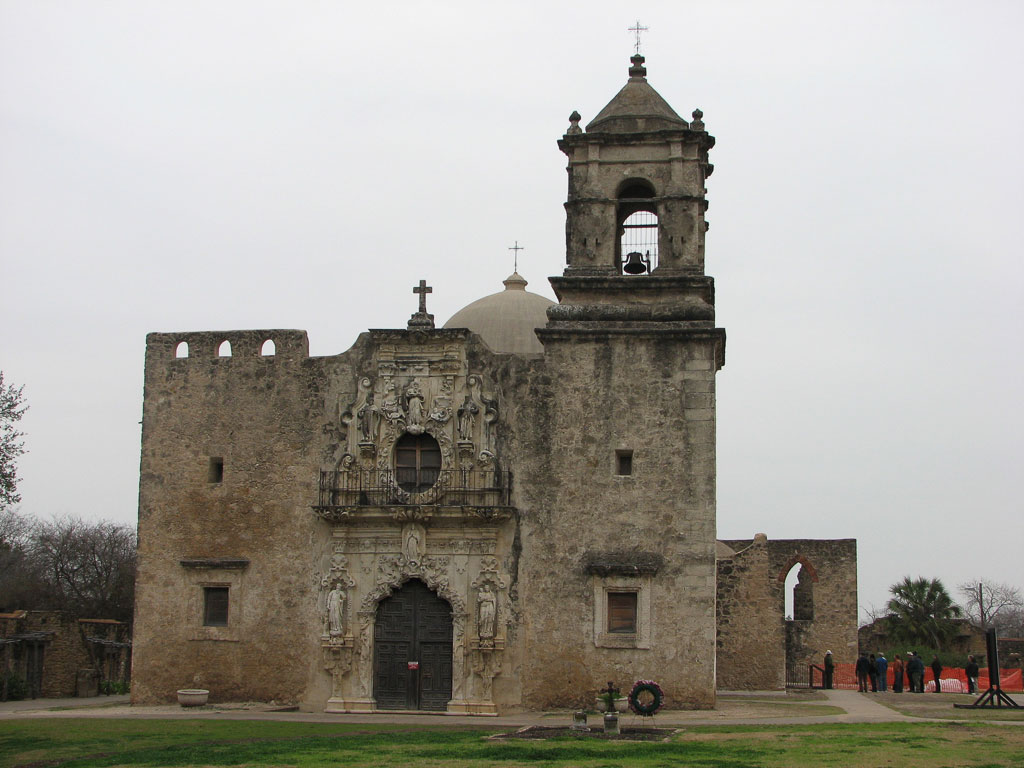
Mission San Francisco de la Espada (Mission St. Francis of the Sword)
Established in San Antonio in 1731. The mission may have been named for the statue of St. Francis in the chapel which, according to tradition, once grasped a sword. One of the few missions near which descendants of the Indian converts and Spaniards still live, Espada is considered by some to date back to Mission San Francisco De Los Tejas, founded in East Texas in 1690. A succession of moves eventually brought it to San Antonio. The original buildings at Espada, the farthest south of the five missions near San Antonio, were undoubtedly of adobe.
One of the few remaining early structures is the southeast bastion (fortified round tower), which is the only mission fort left intact in San Antonio. Its three-foot rock walls, which contain holes for cannons and muskets, support a vaulted roof.
Composing Espada’s once-vital waterworks is a dam (one mile north), an irrigation ditch, and a fine aqueduct (near this site)–the only extant Spanish aqueduct in the United States.
To find more information about the missions go to www.nps.gov/saan/


